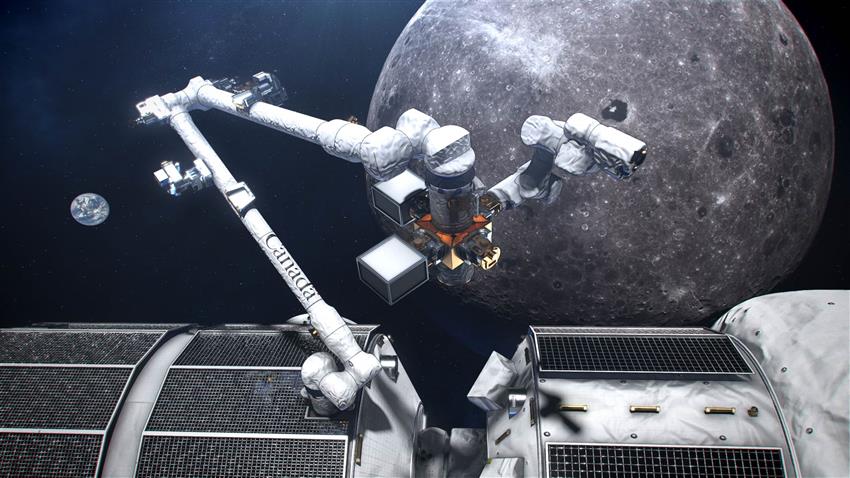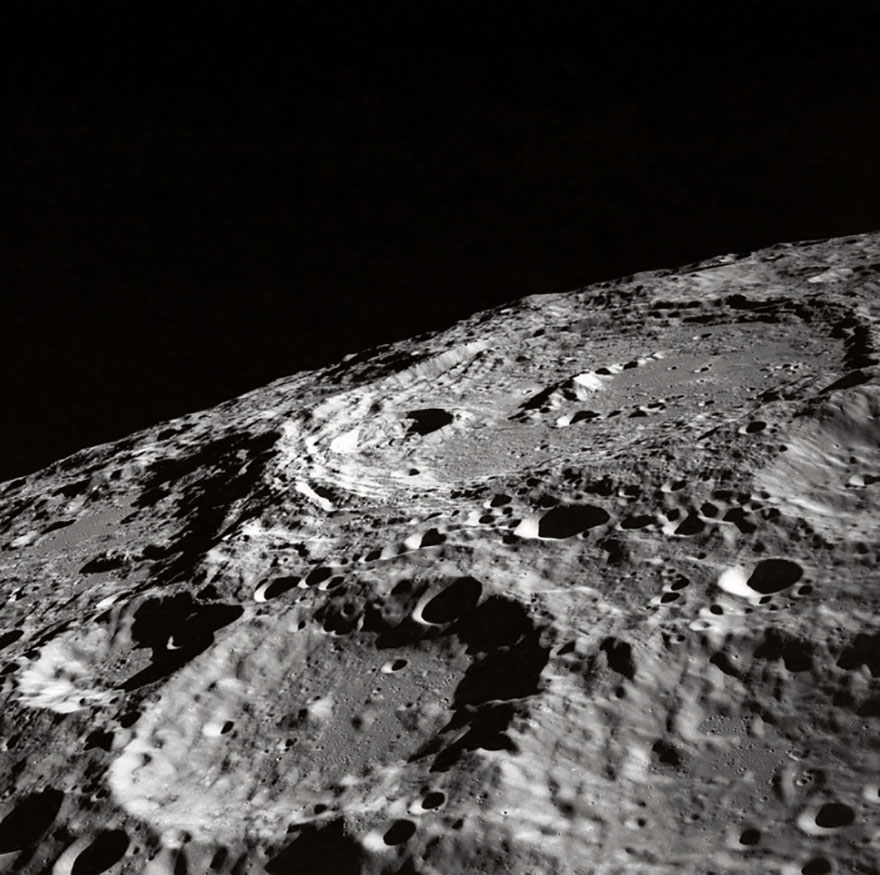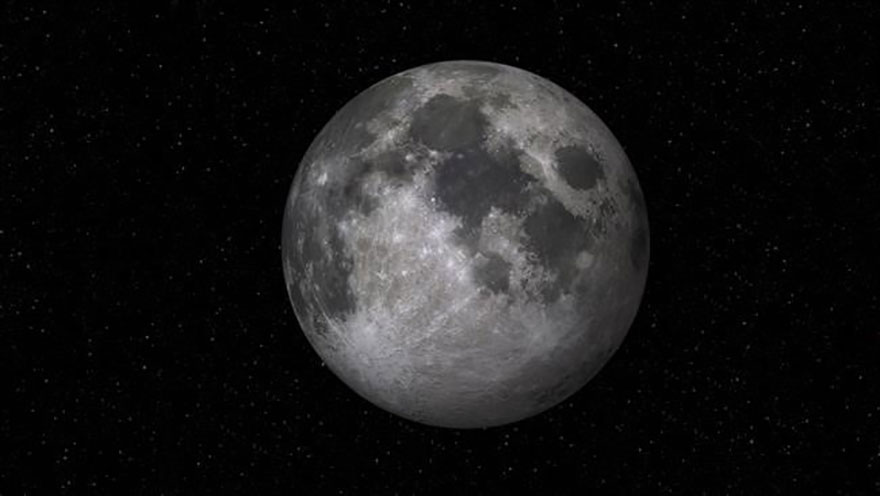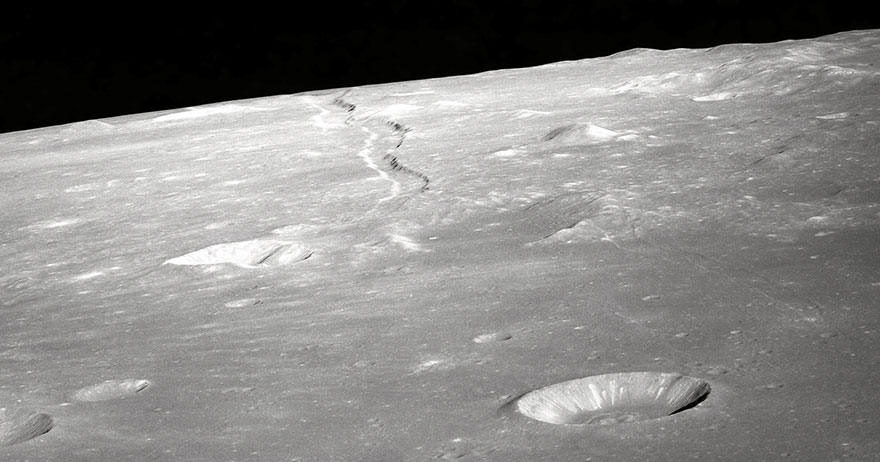The Canadian Space Agency awards contract for Gateway external robotics interfaces

Canada's contribution to the Lunar Gateway will be a smart robotic system which includes a next-generation robotic arm known as Canadarm3, as well as equipment, and specialized tools. (Credits: Canadian Space Agency, NASA)
The Government of Canada has entered into a contract worth $35.3 million with MacDonald, Dettwiler and Associates Ltd. (MDA) from Brampton, Ontario, for the preliminary and detailed design of external robotics interfaces that will allow Canadarm3 to operate on the Lunar Gateway.
These robotics interfaces will:
- be installed on Lunar Gateway modules, allowing Canadarm3's large arm to anchor itself and move around the outpost
- be installed on payloads to allow Canadarm3's smaller arm to retrieve them as they are delivered to deep space
- supply power and data connections to the robotics elements and any attached payloads
- be installed on visiting vehicles for future missions
The Government had previously announced its intent to enter into this contract with MDA on . The development of these interfaces is part of Canada's plans for lunar exploration outlined in Canada's Space Strategy. The Canadian Space Agency (CSA) is pursuing a range of opportunities for Canadian lunar science, technology demonstration, and commercial activities, and has secured two astronaut flights to the Moon. A CSA astronaut will be part of Artemis II, the first crewed mission to the Moon since .



